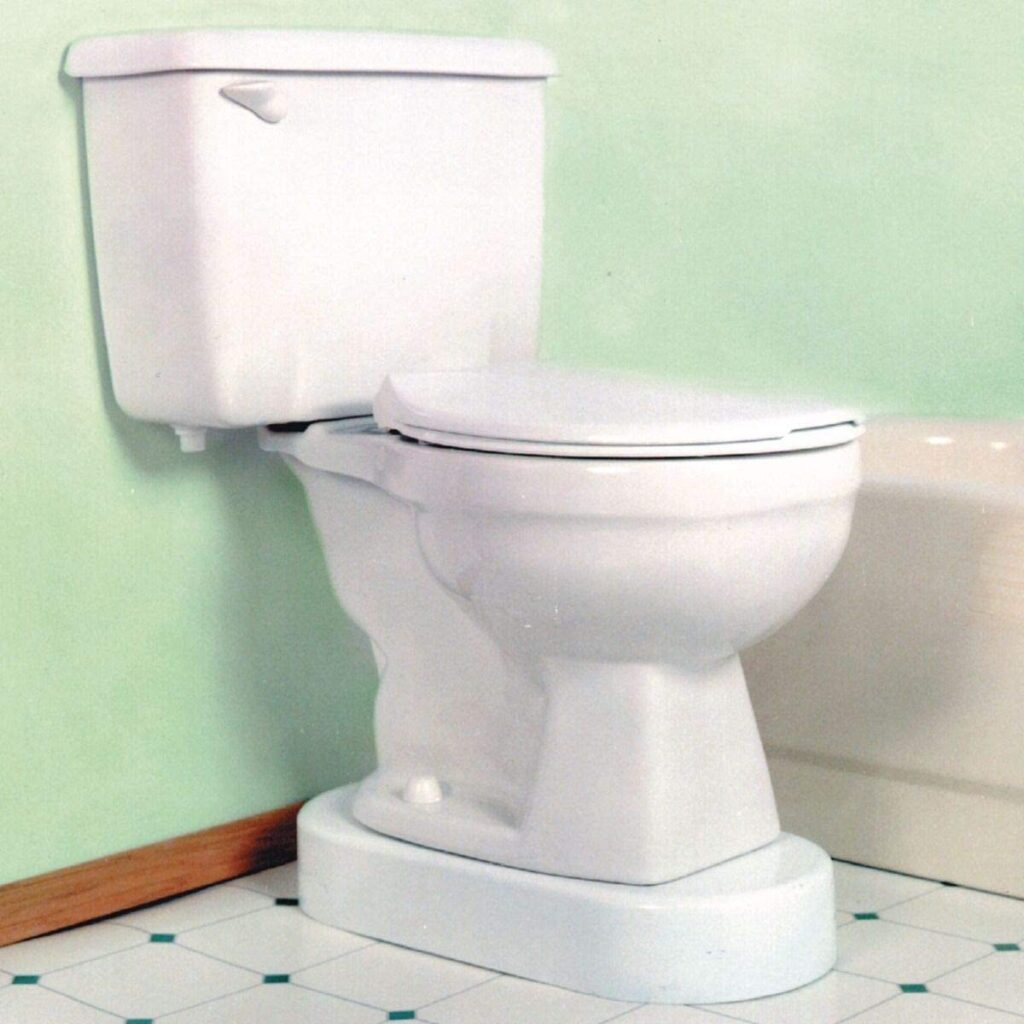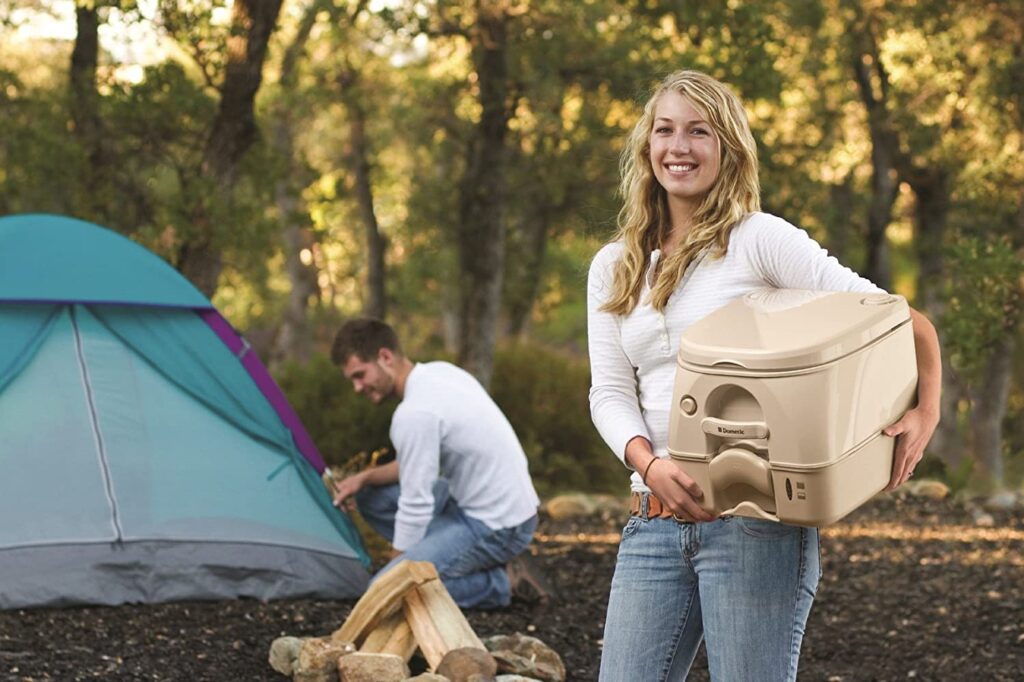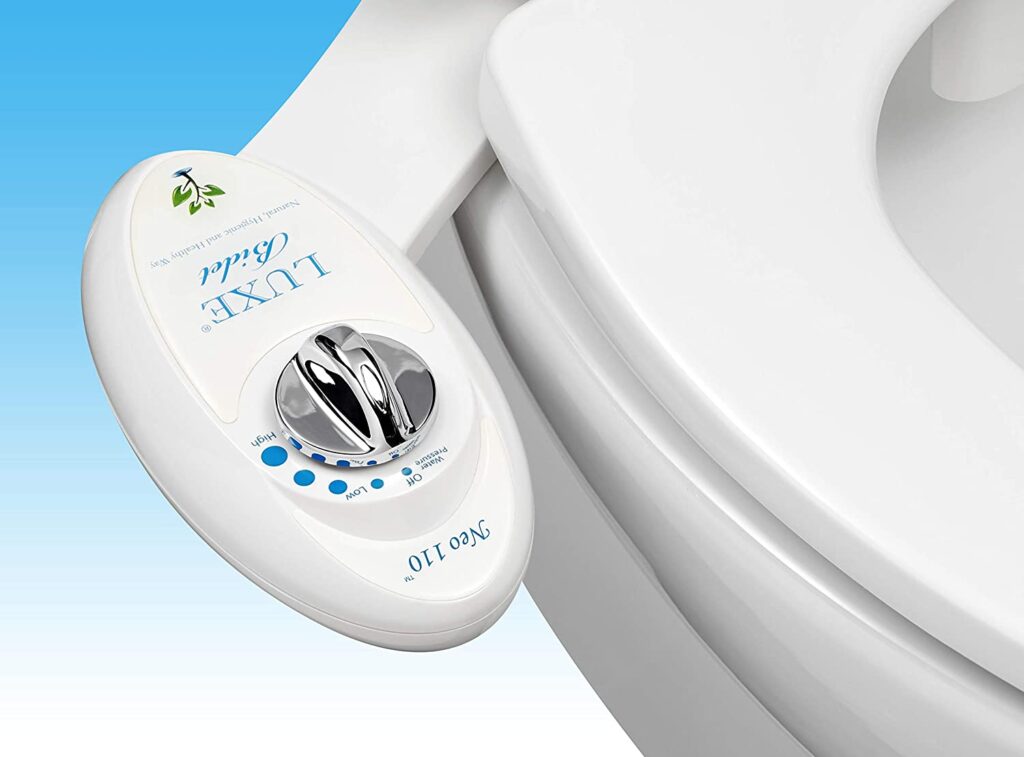Renovating your bathroom with a walk-in shower is a great way to add both style and practicality. These showers look sleek and modern while being more accessible and comfortable, especially for those with mobility issues. Whether you’re doing a full remodel or just replacing an old tub, a walk-in shower can really improve your space.
However, understanding the cost of installation is key when planning your budget. The price can range from $3,000 to $10,000, depending on factors like the type of shower and how complicated the installation is.
This guide will break down the costs involved, including what affects the price and any hidden expenses to watch out for. By the end, you’ll have the knowledge to make smart choices and keep your bathroom remodel on track and within budget. Let’s dive in!
Table of Contents
What’s the Average Cost of Installing a Walk-In Shower?
If you’re considering a walk-in shower installation, the first question that likely comes to mind is: how much will it cost? While the final price depends on various factors, such as size, materials, and customization, we can break it down into a few key categories.
On average, installing a walk-in shower can cost anywhere from $3,000 to $10,000. However, the price can go higher for more luxurious, high-end designs. Let’s take a closer look at the typical costs for different types of walk-in showers:
| Shower Type | Estimated Cost | What’s Included |
|---|---|---|
| Basic Prefab Kit | $1,500 – $3,000 | Pre-manufactured plastic or acrylic walls, base, and simple plumbing installation |
| Mid-Range Custom Build | $4,000 – $8,000 | Tile walls, built-in niche, modern fixtures, and custom design |
| High-End Custom Shower | $10,000 – $20,000+ | Frameless glass enclosure, stone or designer tile, rain showerheads, luxury fixtures |
Tip: Budget-friendly installs are perfect for guest bathrooms or rental units, but if you’re renovating your primary bathroom, investing a bit more in comfort and design could increase your home’s value over time.
Why the Wide Range in Costs?
The range in pricing can be attributed to several factors, with each influencing the final cost. Here’s a breakdown of the key factors that impact your walk-in shower installation cost:
Size and Shape of the Shower Area
The size of your shower plays a huge role in determining the overall cost. A compact, standard-sized shower (such as a 36″x36″ stall) will cost less than a larger, more elaborate shower (like a 60″ double-entry walk-in). The more square footage, the more materials and labor will be required, which increases the cost.
Prefab Kits vs. Custom Designs
Prefabricated (prefab) kits are a cost-effective option for those on a budget. These kits are made to fit standard spaces and are easy to install. On the other hand, custom-built walk-in showers offer more flexibility in design, allowing you to choose your preferred materials, size, and features. Custom installations, however, require more labor and higher-end materials, leading to higher costs.
Plumbing Modifications
If you need to make any changes to your plumbing—such as moving pipes or relocating the drain—it can add significant costs to your project. Keeping your existing plumbing setup can save you money. However, if you need to move plumbing to a new location or adjust existing pipes, you might be looking at an additional $500–$1,500 or more.
Wall and Floor Materials
The materials you choose for the walls and floor of your shower will also impact the price. Acrylic or fiberglass panels are more affordable options that are easy to clean and maintain. However, tile—whether ceramic, porcelain, or natural stone—adds a luxurious touch but can significantly increase your cost.
Glass Enclosure Style
A glass enclosure can really elevate the look of your shower. Frameless glass showers, in particular, give a clean, modern appearance but come with a higher price tag. Framed glass doors, on the other hand, are more budget-friendly. The cost of the glass alone can range from $800 to $2,000, depending on the design and materials.
Final Thoughts on Cost
When planning your walk-in shower installation, it’s essential to consider the type of shower that fits both your budget and your aesthetic preferences. While basic prefab kits are great for those on a budget or working with a guest bathroom, custom-built showers are an investment in both comfort and style for your primary bathroom.
Now that you understand the different price ranges and the factors influencing costs, you can better plan your budget for the rest of the renovation process. Keep in mind that while high-end options can be tempting, there are many affordable ways to achieve a beautiful, functional walk-in shower without overspending.
Walk-In Shower vs Tub-to-Shower Conversion
If you’re replacing an old bathtub, you might be wondering if converting it into a walk-in shower is a more cost-effective option compared to installing a brand-new shower. While both options provide similar benefits in terms of space and accessibility, they come with different price tags and considerations.
| Project Type | Average Cost |
|---|---|
| New Walk-In Shower | $3,000 – $10,000 |
| Tub-to-Walk-In Conversion | $2,500 – $7,500 |
What’s the Difference?
A tub-to-shower conversion involves removing the existing bathtub and installing a walk-in shower in its place. It’s an excellent option if you’re looking to maximize your bathroom space and modernize the layout, especially if you have a bathtub that you don’t use regularly. While this option is typically a little cheaper than starting from scratch with a brand-new shower, it still requires certain tasks like demolition, waterproofing, and sometimes additional tile work, which can add up.
When is it Worth It?
Converting your tub to a walk-in shower can be a smart choice if:
-
You’re staying in your home for the long-term and want to enhance the bathroom’s accessibility and overall design.
-
You’re looking for a more modern, space-efficient option but don’t want to completely tear out and rework the entire bathroom.
However, if you plan to sell your home soon, remember that some buyers still prefer having at least one bathtub in the house, especially families with young children. So, consider your personal needs and future resale value before making a decision.
DIY vs Professional Installation: Which Is Cheaper?
One of the biggest decisions you’ll face during your walk-in shower installation is whether to tackle the project yourself or hire a professional. While DIY may seem like a tempting way to save money, it’s important to weigh the risks and benefits carefully.
DIY Installation:
Pros:
-
Saves on labor costs, which can be a significant portion of the overall installation expense.
-
Gives you complete control over the project timeline and materials.
Cons:
-
Higher risk of mistakes, such as improper sealing or water damage.
-
Without the proper expertise, you might not get the quality or finish you desire.
-
Potential for expensive repairs down the line if mistakes lead to leaks or other issues.
-
May void warranties on fixtures or materials if they’re not installed correctly.
Professional Installation:
Pros:
-
Expertise and experience ensure the job is done right.
-
Professionals are skilled in proper sealing, plumbing, and waterproofing, reducing the risk of leaks or water damage.
-
They handle all permits and inspections, ensuring your installation complies with local building codes.
-
Many professionals offer warranties on their work, providing peace of mind.
Cons:
-
Higher upfront cost due to labor fees.
-
Less control over the project timeline, as professionals may be booked up or take longer to complete the installation.
Is DIY Worth It?
While DIY kits can cost as little as $1,000–$2,000, the time, effort, and potential for costly mistakes might not make it worth it for many homeowners. Unless you have experience with plumbing, tiling, and bathroom construction, hiring a licensed contractor is often the smarter choice to ensure a safe and durable installation. Professional installation can be more expensive upfront, but the peace of mind and long-term reliability it offers is worth the investment.
How to Save on Walk-In Shower Installation (Without Cutting Corners)
Looking to get the most value out of your walk-in shower installation without compromising on quality? Here are some practical tips to help you save money:
Go with a Prefab Kit for Standard Shower Spaces
Prefabricated kits are an excellent option for those with a standard-sized shower space. They come ready to install and are much more affordable than custom-built designs. You can still achieve a stylish look without breaking the bank.
Choose Acrylic Over Tile
Acrylic walls are more budget-friendly than tile, and they’re also easier to clean and maintain. If you’re on a tight budget but still want a high-quality, low-maintenance solution, acrylic is a great option.
Stick to Existing Plumbing Lines
If possible, avoid making any plumbing modifications. Moving the drain or pipes can add a significant amount to your installation cost. Keeping your existing plumbing setup will help keep costs down.
Buy Fixtures and Accessories Online
Online retailers like Amazon often have better deals on shower fixtures, showerheads, and accessories than local stores. Be sure to shop around to find the best prices and deals.
Request Multiple Quotes
Don’t settle for the first contractor you find. Request quotes from multiple local contractors to compare pricing and services. It’s also a good idea to read reviews or ask for recommendations to ensure you’re getting quality work at a fair price.
By following these tips, you can save money while still getting the walk-in shower of your dreams!
Best Walk-In Shower Kits and Accessories on Amazon
If you prefer a quick and easy installation process, many great walk-in shower kits are available on Amazon. Here are some top-rated options for different budgets:
| Product | Type | Ideal For |
|---|---|---|
| DreamLine Infinity-Z Sliding Shower Kit | Framed Glass | Medium budgets |
| KOHLER Choreograph Shower Wall Kit | Acrylic Panels | DIY-friendly install |
| ELEGANT Corner Walk-In Enclosure | Frameless Glass | Modern corner showers |
| DreamLine SlimLine Base with Wall Kit | Full Prefab | Quick full replacement |
Before making a purchase, double-check measurements to ensure that your chosen kit fits your space. Prefab kits are designed for standard layouts, so proper measurement is key to avoiding any issues.
Hidden Costs Most People Forget
When planning your walk-in shower installation, it’s easy to focus solely on the obvious costs like materials and labor. However, there are a number of hidden expenses that can sneak up on you. It’s crucial to factor these in when budgeting for your project to avoid any surprises later.
Here are some common hidden costs that people often overlook:
Mold or Water Damage Repairs
If you’re replacing an old tub or shower, there’s a chance that there could be hidden mold or water damage behind the existing walls. This damage might not be visible at first, but it’s important to address it before installing your new shower. Repairing water-damaged areas can add significant costs to your project, especially if it involves replacing drywall, subflooring, or treating mold.
Permit Fees
Depending on where you live, you may need a permit for your walk-in shower installation. Some cities and counties require permits for plumbing, electrical work, or structural modifications. Permit fees can vary widely depending on your location, so make sure to check with your local building authority. Failing to obtain the necessary permits could result in fines or delays in your project.
Plumbing Upgrades (Especially in Older Homes)
If you have an older home, your plumbing may not meet current standards. In such cases, you might need to upgrade your pipes or even relocate your plumbing to accommodate the new shower. Plumbing upgrades can range from a few hundred to a few thousand dollars, depending on the extent of the work needed.
Old Tub/Demo Removal Fees
If you’re replacing an old bathtub, demolition can add additional costs. Some contractors charge extra for removing old tubs, tiles, or other fixtures. The cost can range from $200 to $400 or more, depending on the complexity of the demo. Be sure to ask your contractor if this is included in their quote or if it’s an additional charge.
Shower Doors and Panels (Sold Separately)
In many cases, the shower door or panel is sold separately from the shower kit itself. Depending on the style and material, a high-quality glass door can cost anywhere from $800 to $2,000 or more. Be sure to include this in your budget when planning for your walk-in shower installation.
Waterproofing
If you’re going for a custom shower or making significant modifications to your bathroom, you may need to invest in waterproofing materials and installation. This could include applying water-resistant membranes to your shower floor and walls. While not always necessary for prefab kits, custom builds often require this extra layer of protection to prevent water damage.
Tip: To avoid these surprise costs, it’s a good idea to set aside an extra 10–15% contingency in your budget. This gives you a cushion to cover unexpected issues that might arise during the installation process.
Frequently Asked Questions
Here are some common questions that homeowners have when it comes to walk-in shower installations:
Q: Is a walk-in shower more expensive than a tub?
Yes, walk-in showers are generally more expensive than bathtubs, especially if they are custom-built. However, they offer modern design, improved accessibility, and can add value to your home. If you’re remodeling a bathroom for better accessibility or long-term comfort, a walk-in shower is a great investment.
Q: Will a walk-in shower add value to my home?
Definitely. Walk-in showers are highly desirable for many homeowners, especially those with mobility concerns or those looking for a low-maintenance, modern bathroom. A well-designed walk-in shower can increase the value of your home, particularly among older buyers and people looking to downsize.
Q: Can I install a walk-in shower in a small bathroom?
Yes! There are several options for smaller spaces, such as corner shower kits and space-saving layouts. By carefully measuring your space and selecting the right design, you can install a walk-in shower even in a small bathroom. Sliding glass doors or bi-fold doors are excellent options to save space without sacrificing style.
Q: Are walk-in showers good for seniors?
Yes, walk-in showers are perfect for seniors. They eliminate the need to step over a bathtub edge, which can be dangerous for people with mobility challenges. For added safety, you can install grab bars, a built-in bench, or a non-slip floor. Walk-in showers provide a safe, accessible, and comfortable showering experience for seniors.
Final Thoughts
So, how much does a walk-in shower cost? The price can vary based on your setup, ranging anywhere from $3,000 to $10,000, with luxury options pushing the cost even higher. However, there are plenty of ways to customize your shower without breaking the bank. Whether you go with a budget-friendly prefab kit or a luxurious custom build, a walk-in shower can add both functionality and style to your bathroom.
Take your time to measure your space, decide on the features that matter most, and shop around for the best deals. With the right approach, you can create the walk-in shower of your dreams while staying within your budget.






